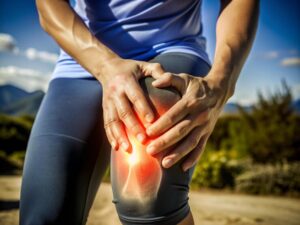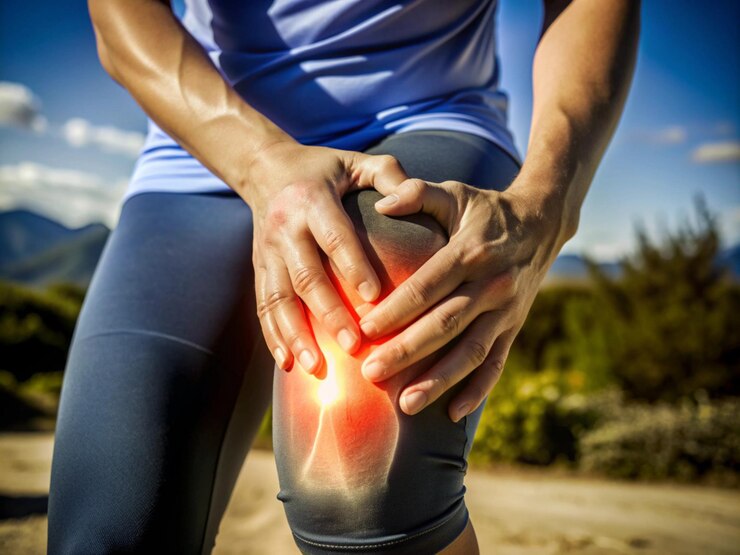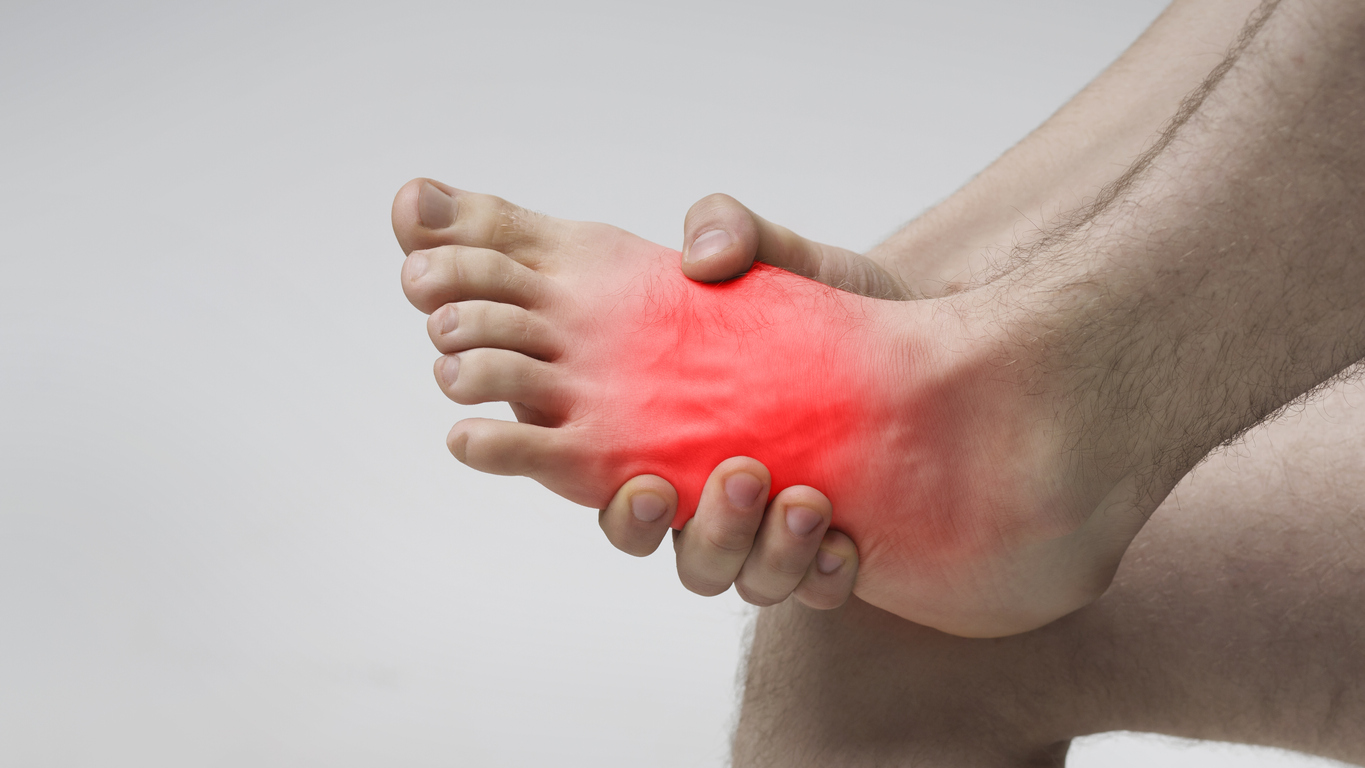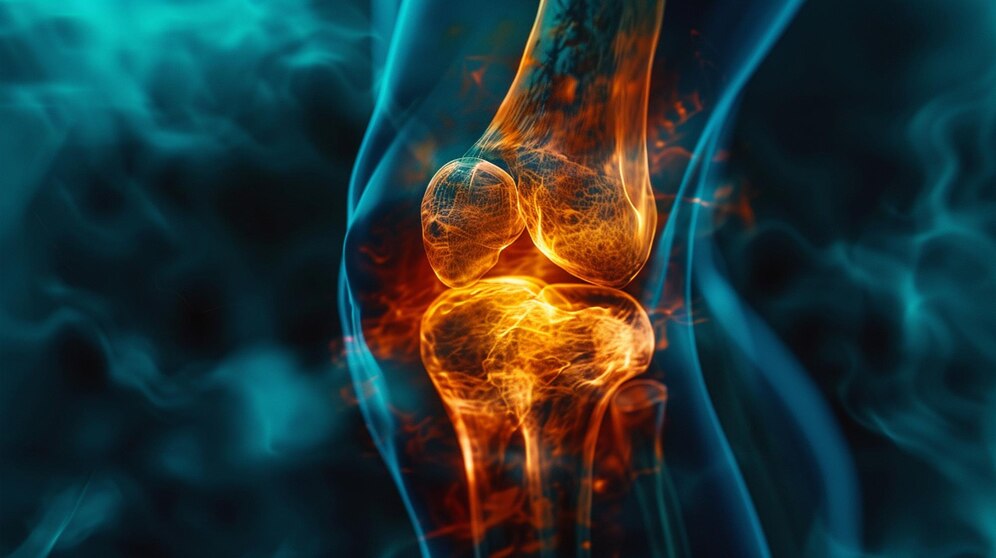
Discover the reasons behind why do i have pain that moves around my bodybody, from fibromyalgia to psychological factors. Understand the causes and seek appropriate treatment for your symptoms.
Introduction
When grappling with the question, “Why do I have pain that moves around my body?” it’s essential to understand the complexity and range of possible causes. Pain that shifts from one area to another can be perplexing and distressing, affecting your daily life and overall well-being. This type of pain can arise from various underlying conditions, each with its distinct characteristics and implications. Understanding these potential causes is crucial for seeking the appropriate treatment and finding relief.
Fibromyalgia: A Common Culprit of Moving Pain
Fibromyalgia is a prevalent condition known for causing widespread musculoskeletal pain. Those who suffer from fibromyalgia often experience pain that seems to move around their body, affecting different areas at different times. This shifting pain is accompanied by other symptoms such as fatigue, sleep disturbances, and tender points throughout the body. The exact cause of fibromyalgia remains unclear, but it is thought to involve a combination of genetic, environmental, and neurobiological factors. Addressing fibromyalgia requires a comprehensive approach, including medication, physical therapy, and lifestyle changes to manage symptoms effectively.
Arthritis: Joint Pain That Moves
Arthritis is another significant factor that can contribute to pain that moves around the body. Specifically, rheumatoid arthritis, an autoimmune disorder, can cause shifting pain as it affects different joints over time. In rheumatoid arthritis, the immune system mistakenly attacks the synovial membrane, leading to inflammation and pain in the joints. This inflammation can cause pain to move between different joints, often accompanied by swelling and stiffness. Managing arthritis typically involves a combination of medications, physical therapy, and lifestyle adjustments to reduce inflammation and manage pain.

Nerve Pain: The Role of Neuropathy and Sciatica
Nerve pain, or neuropathic pain, can also lead to discomfort that seems to shift around the body. Conditions like sciatica, where the sciatic nerve is compressed or irritated, can cause pain that radiates through different areas, such as the lower back, buttocks, and legs. Neuropathy, which involves damage to peripheral nerves, can result in pain, tingling, or burning sensations that may move or shift. Treating nerve pain often involves addressing the underlying cause, which may include medication, physical therapy, and lifestyle changes to alleviate pressure on nerves and improve overall nerve function.
Infections: How They Can Cause Moving Pain
Certain infections can result in pain that moves around the body. For instance, viral illnesses such as the flu or Lyme disease may cause generalized muscle aches that seem to shift from one area to another. Lyme disease, caused by the bacterium Borrelia burgdorferi transmitted through tick bites, can lead to symptoms such as joint pain and muscle aches that vary in location. Prompt diagnosis and treatment of infections are crucial to managing symptoms effectively and preventing complications. Antibiotic therapy and supportive care are often necessary to address the underlying infection and alleviate associated pain.
Muscle Strain: Overuse and Its Effects
Muscle strain is another potential cause of pain that moves around the body. Overuse or excessive strain on muscles can result in localized pain that may shift depending on which muscles are affected. For example, someone who engages in strenuous physical activity or has poor posture may experience pain in different muscle groups over time. Addressing muscle strain involves rest, applying heat or cold, and engaging in stretching and strengthening exercises to prevent further injury and promote healing. Proper body mechanics and ergonomic adjustments can also help reduce the risk of muscle strain and associated pain.
Psychological Factors: Stress and Pain Perception
Psychological factors, including stress and anxiety, can manifest as physical pain that seems to move around the body. Stress can affect the body’s pain perception and lead to muscle tension, which may contribute to shifting pain. Additionally, individuals experiencing high levels of stress or anxiety may be more sensitive to pain and perceive it in different areas of the body. Managing stress through relaxation techniques, counseling, and lifestyle changes can help alleviate pain and improve overall well-being. Addressing psychological factors is an integral part of a holistic approach to managing pain and enhancing quality of life.

Autoimmune Disorders: Lupus and Its Implications
Autoimmune disorders such as lupus can cause shifting pain as the immune system attacks various parts of the body. Lupus, a chronic autoimmune disease, can lead to inflammation and pain in multiple organs, including the joints, skin, and muscles. The pain associated with lupus may move or change location as the disease progresses or flares up. Managing lupus typically involves a combination of medications to suppress the immune system, lifestyle adjustments, and regular monitoring to manage symptoms and prevent complications. A multidisciplinary approach is often necessary to address the various aspects of lupus and its impact on the body.
Diagnosing the Underlying Cause: A Comprehensive Approach
When experiencing pain that moves around the body, a comprehensive diagnostic approach is essential to identify the underlying cause. This may involve a thorough medical history, physical examination, and diagnostic tests such as blood work, imaging studies, or nerve conduction studies. Consulting with healthcare professionals, including primary care physicians, rheumatologists, and neurologists, can help pinpoint the cause of the pain and develop an appropriate treatment plan. Accurate diagnosis is crucial for addressing the specific condition and providing targeted treatment to alleviate symptoms and improve quality of life.
Treatment Options: Tailoring Therapy to the Cause
Treatment for pain that moves around the body depends on the underlying cause and may involve a combination of approaches. For conditions like fibromyalgia and arthritis, treatment often includes medications to manage pain and inflammation, physical therapy to improve mobility and strength, and lifestyle changes to support overall health. In cases of nerve pain or muscle strain, addressing the specific cause through targeted therapies and interventions can help alleviate symptoms and prevent recurrence. Collaborating with healthcare professionals to develop a personalized treatment plan is essential for effectively managing pain and improving overall well-being.
Lifestyle Adjustments: Supporting Pain Management
In addition to medical treatment, making lifestyle adjustments can play a significant role in managing pain that moves around the body. Incorporating regular exercise, maintaining a healthy diet, and practicing stress management techniques can support overall health and help alleviate pain. Engaging in activities that promote relaxation, such as yoga or meditation, can also contribute to reducing pain and improving quality of life. Adopting a balanced lifestyle that addresses both physical and psychological aspects of health is crucial for effective pain management and overall well-being.
The Role of Physical Therapy: Strengthening and Stabilizing
Physical therapy can be a valuable component in managing pain that moves around the body. Through targeted exercises and techniques, physical therapists can help strengthen muscles, improve flexibility, and stabilize affected areas. This approach can be particularly beneficial for conditions like muscle strain, arthritis, and nerve pain, as it addresses the physical factors contributing to pain. Working with a physical therapist to develop a personalized exercise program can enhance mobility, reduce pain, and support long-term recovery.

Medication Management: Finding the Right Balance
Medication management is often necessary for addressing pain that moves around the body, particularly when dealing with chronic conditions. Depending on the underlying cause, healthcare providers may prescribe medications such as pain relievers, anti-inflammatory drugs, or medications specifically designed for neuropathic pain. Finding the right balance of medications is crucial for managing symptoms effectively while minimizing potential side effects. Regular follow-up with healthcare providers is essential for adjusting medication regimens and ensuring optimal pain management.
Alternative Therapies: Exploring Complementary Options
In addition to conventional treatments, exploring alternative therapies can provide additional relief for pain that moves around the body. Techniques such as acupuncture, massage therapy, and chiropractic care may offer benefits for managing pain and improving overall well-being. These complementary therapies can be used in conjunction with traditional treatments to enhance pain relief and support overall health. Consulting with healthcare professionals about integrating alternative therapies into your treatment plan can help determine the most effective approach for your specific needs.
Emotional Support: Addressing the Psychological Impact
Dealing with pain that moves around the body can take an emotional toll, affecting mental health and overall quality of life. Seeking emotional support through counseling, support groups, or therapy can be beneficial for managing the psychological impact of chronic pain. Addressing emotional well-being is an integral part of a comprehensive approach to pain management, helping individuals cope with the challenges of living with shifting pain and improve their overall quality of life.
Prevention Strategies: Reducing the Risk of Moving Pain
Implementing prevention strategies can help reduce the risk of developing pain that moves around the body. This may include adopting ergonomic practices, maintaining good posture, and engaging in regular physical activity to support overall musculoskeletal health. Additionally, managing stress effectively and addressing any underlying health conditions can contribute to preventing the onset or recurrence of moving pain. Taking proactive steps to support overall health and well-being can play a crucial role in reducing the risk of shifting pain and promoting long-term comfort.
Seeking Professional Help: When to Consult a Specialist
When experiencing persistent or severe pain that moves around the body, it’s important to seek professional help from a healthcare specialist. Consulting with healthcare professionals such as rheumatologists, neurologists, or pain management specialists can provide valuable insights into the underlying cause of the pain and guide appropriate treatment. Early intervention and professional guidance are essential for addressing the root cause of moving pain and developing an effective management plan to improve overall quality of life.
Living with Chronic Pain: Strategies for Coping
Living with chronic pain that moves around the body requires developing effective coping strategies to manage symptoms and maintain a good quality of life. This may involve setting realistic goals, engaging in self-care practices, and seeking support from healthcare providers and loved ones. Developing a personalized plan for managing pain and addressing its impact on daily life can help individuals navigate the challenges of chronic pain and improve overall well-being. Building a supportive network and adopting coping strategies can contribute to a more manageable and fulfilling life despite the presence of shifting pain.

Future Research: Advancing Understanding and Treatment
Ongoing research is crucial for advancing our understanding of the causes and treatment options for pain that moves around the body. Exploring new therapies, improving diagnostic methods, and gaining insights into the underlying mechanisms of shifting pain can lead to more effective treatments and better management strategies. Staying informed about advancements in research and treatment options can provide hope for improved outcomes and contribute to enhancing the quality of life for individuals experiencing moving pain.
Conclusion
Understanding why you might experience pain that moves around your body involves exploring various potential causes, from fibromyalgia to psychological factors. Addressing this type of pain requires a comprehensive approach that includes medical treatment, lifestyle adjustments, and support from healthcare professionals. By gaining insight into the underlying causes and exploring effective management strategies, individuals can navigate the challenges of moving pain and work towards achieving relief and improved quality of life. If you’re experiencing shifting pain, consult with a healthcare provider to identify the cause and develop a personalized treatment plan to address your symptoms effectively.
Read also: Understanding Cluster Headaches: A Comprehensive Guide





